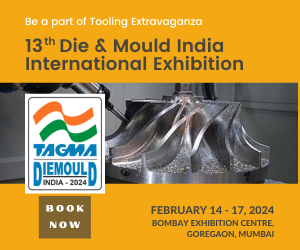
Few years back, managing your gadgets, applications, home, alarm system, car and your heart rate from one device was unthinkable, but today as a society we want to manage more from one device.
We want the Smart phone to become smarter, the new materials used for the phone or an exterior of an automobile to be lighter, our homes and office buildings to be more energy efficient and the light bulb to glow brighter. The way we use material and products in our daily lives is changing faster than we can imagine and all of this leads to technology transformation in Hi-tech manufacturing.
Taking a closer look into the Hi-tech manufacturing industry, it suggests that all the basic dimensions of manufacturing are changing: material, labour, equipment. Metals have been replaced by composite materials which are characterised by high strength, low weight, corrosion and impact resistance.
Lean manufacturing techniques, increased automation is requiring operators and engineers to acquire skills in data analytics. Sustainability initiatives, cost competitiveness, globalisation of products and localisation of design have led to creation of new equipment and methods. Additive manufacturing commonly referred to as 3D manufacturing allows to design and prototype a wide array of products ranging from the cover of your cell phone, motion-sensing gloves to parts of a human body.
The changes in the industry have created a new paradigm for collaboration and sustainability which has made the Hi-tech industry a leader in creating ‘Connected Enterprise'; in the new era of manufacturing the lines have blurred between the manufacturer and the end consumer.
Emerging information technology models like Crowdsourcing have created the feedback loop from the end consumer to the manufacturer, enabling to create the next generation of ‘cool' product, which incorporates the end consumer approved features. And, on the other hand, global climate change and consumer advocacy group has made environmental and social sustainability a major priority among Hi-tech manufacturers.
Initiatives like reducing the carbon footprint, recycling of products, creation of energy efficient manufacturing plants by reducing the consumption of water and waste have contributed to environmental sustainability. Social sustainability measures are creating smarter cities, Hybrid and electric cars are helping improve the living conditions.





































